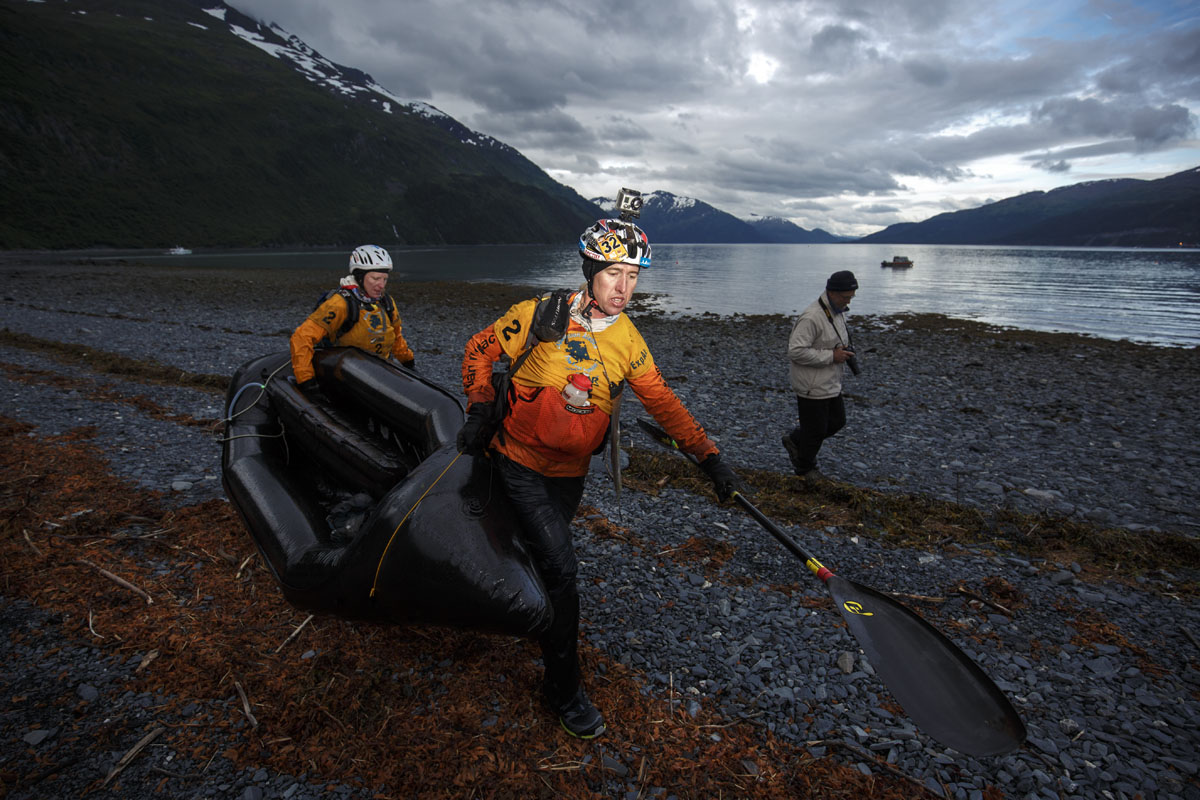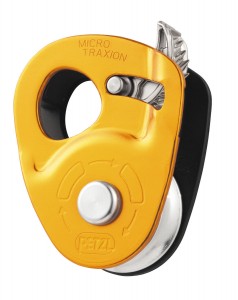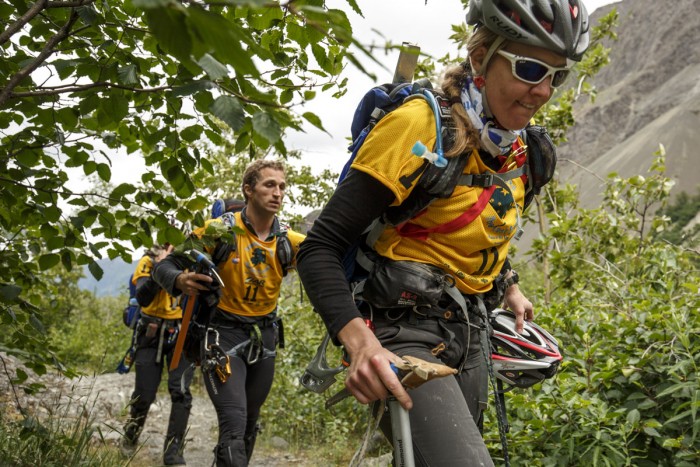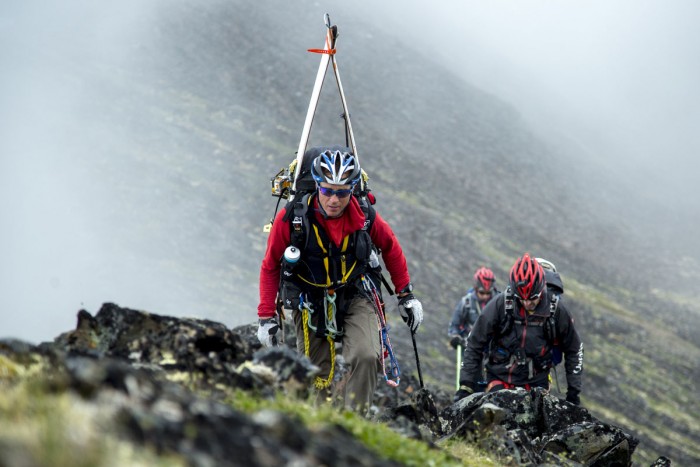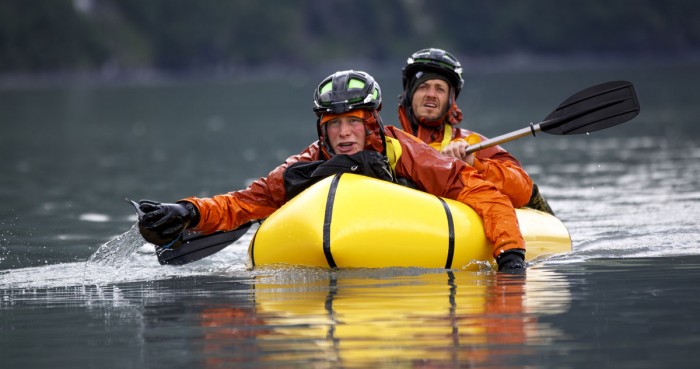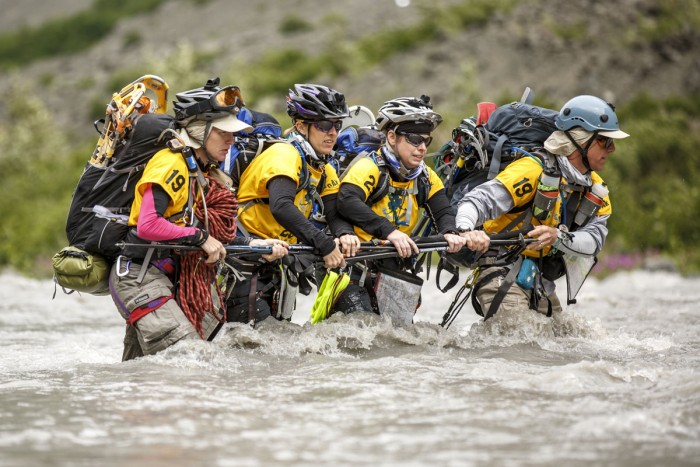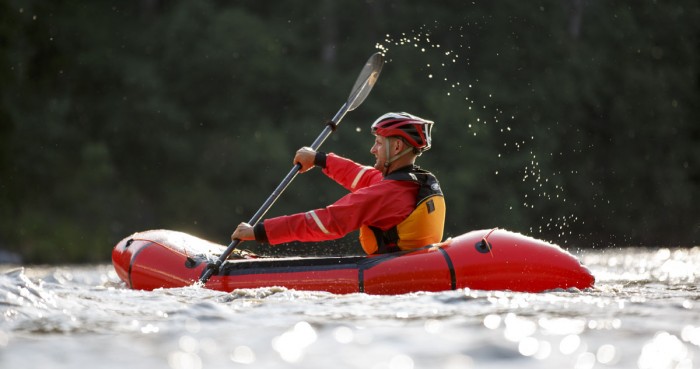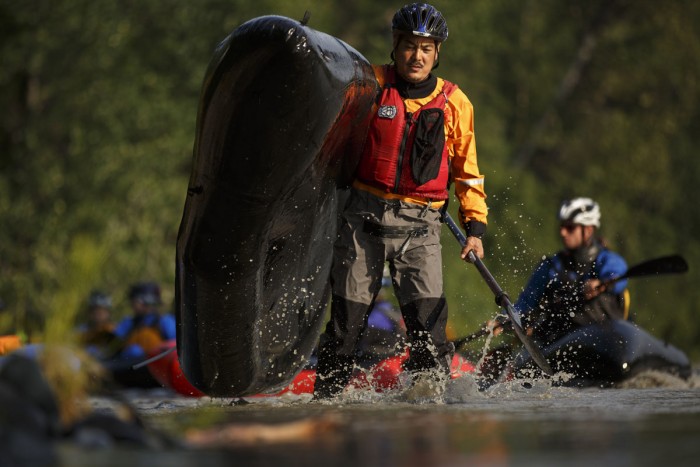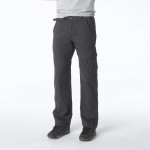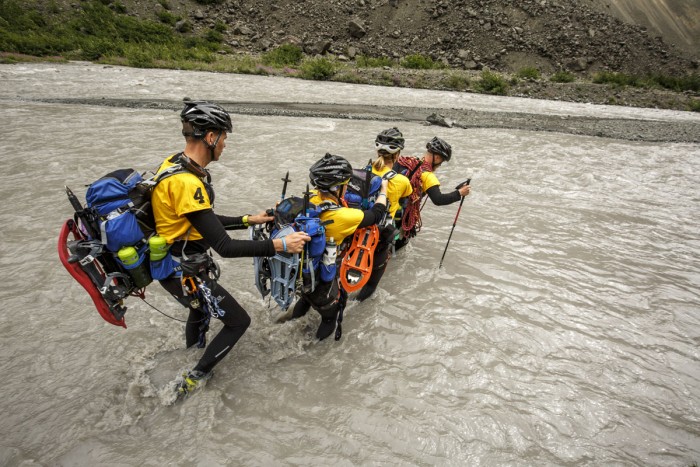[leadin]The GearJunkie-sponsored Team YogaSlackers competed in Expedition Alaska, a 7-day adventure race held last month, taking 2nd place overall. It was tough, technical, and remote beyond belief. Here’s the gear that got them through.[/leadin]

Expedition Alaska delivered as one of the toughest endurance events in recent memory. It included by far the longest glacier traverse in adventure racing history, the most pack-rafting ever, and some of the hardest wilderness trekking in the U.S.
The week-long race included some of the most spectacular scenery, and one of the most wonderful finishes we’ve ever seen — after six days of constant travel through all kinds of terrain, the final day was spent doing the Mount Marathon Race in Seward, Alaska.
The event, in all, was among the most fun, challenging, rewarding, and beautiful races I’ve had the pain and pleasure to do. Here’s the gear that made it possible.
